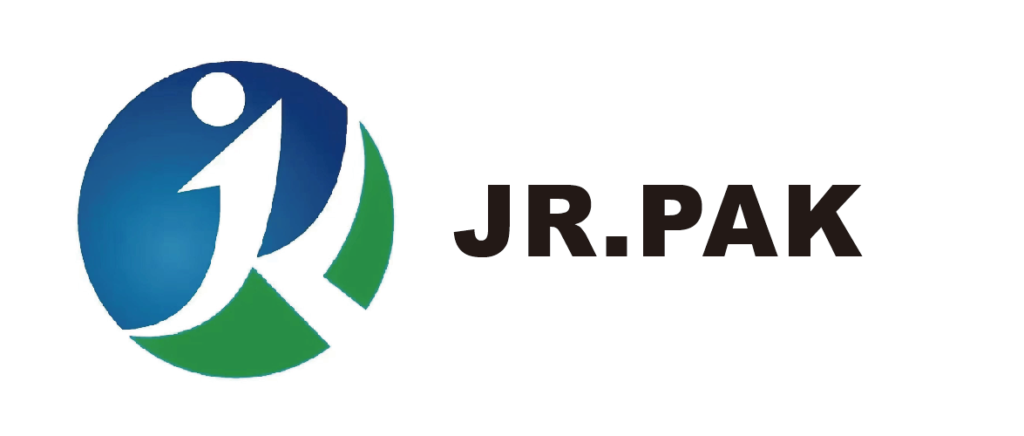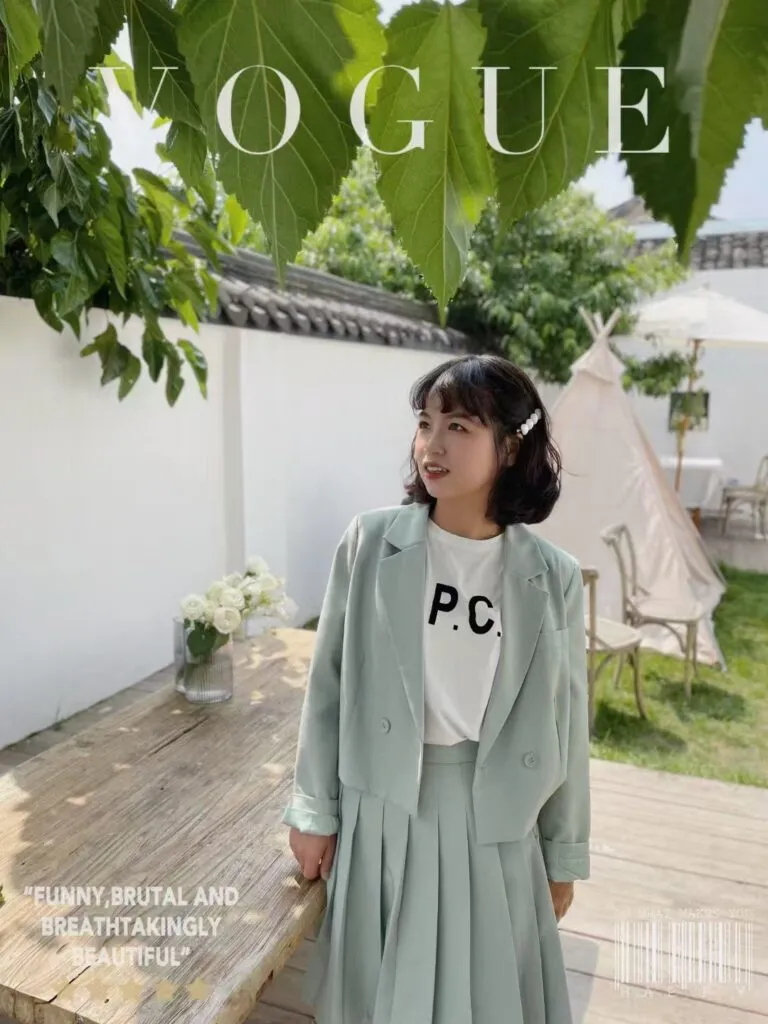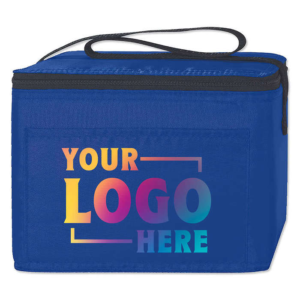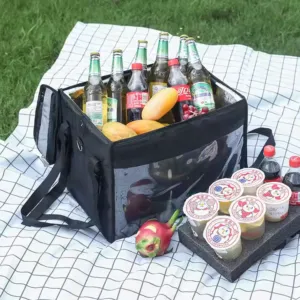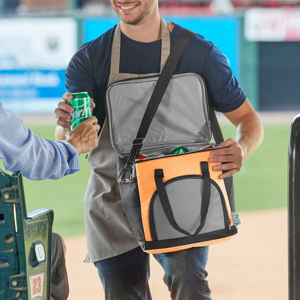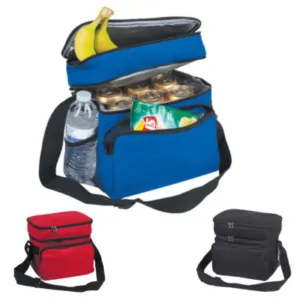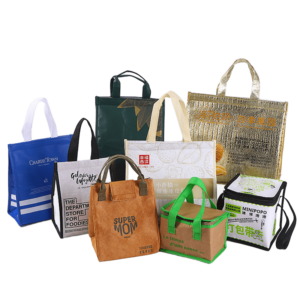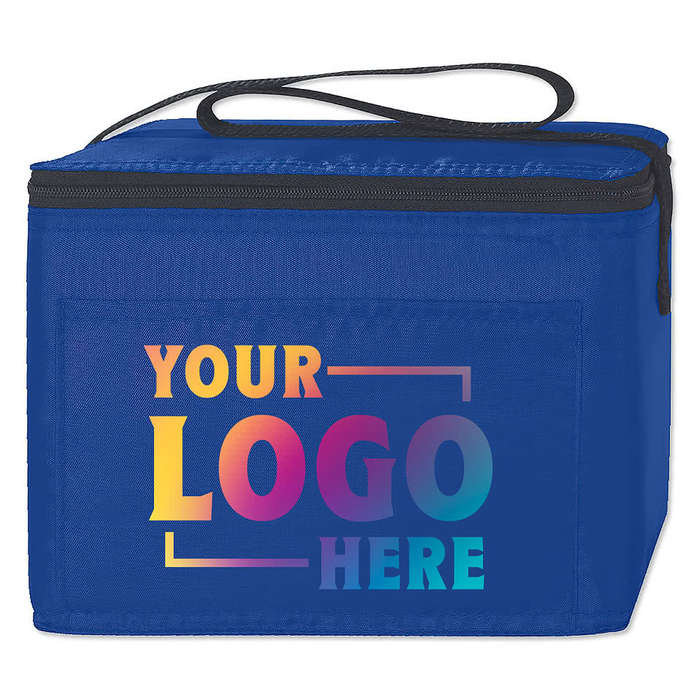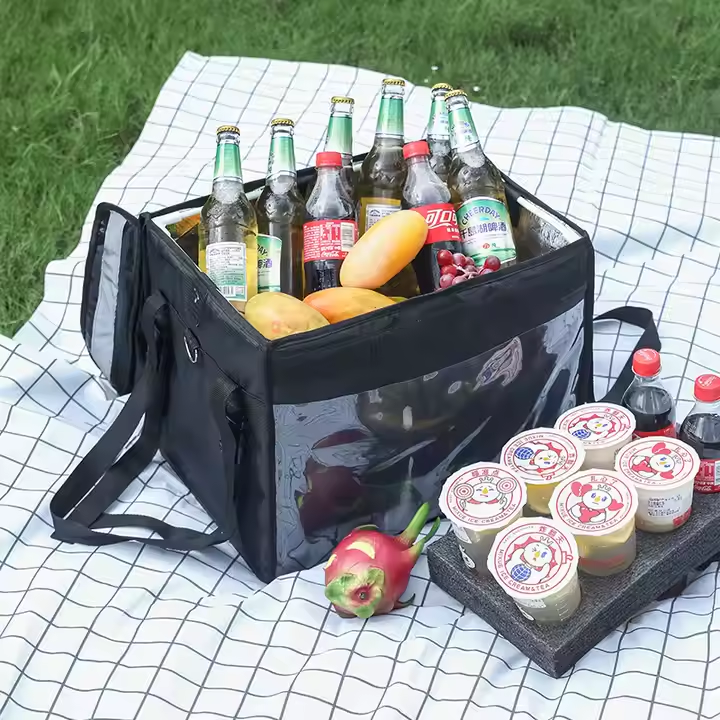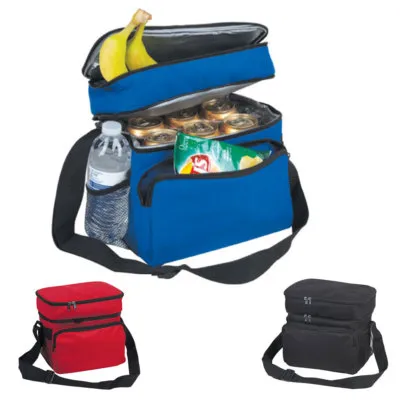Canvas bags are more than just fashion statements—they’re now vital symbols of sustainability and innovation. This list explores 10 major trends shaping the canvas bag market in 2025, helping brands stay competitive, relevant, and eco-aligned.
10 Canvas Bag Trends Every Brand Should Watch

The canvas bag market in 2025 is driven by eco-materials, tech integration, and consumer-focused designs that reflect sustainability and innovation.
Stay ahead by understanding how these trends reshape design, production, and consumer engagement.
Rising Demand for Sustainable Materials
Sustainability is no longer a trend—it's a standard. Consumers now expect eco-conscious choices, prompting brands to source materials like organic cotton, hemp, and recycled canvas.
The Push for Green Materials
Eco-materials are biodegradable and offer long-term durability. This makes them ideal for conscious consumers and regulatory compliance.
| Material Type | Eco-Benefit | Common Usage |
|---|---|---|
| Organic Cotton | Biodegradable, non-toxic | Daily shopping bags |
| Recycled Canvas | Reduces landfill waste | Tote bags, promo bags |
| Hemp Fabric | Durable, requires less water | Fashion and utility bags |
Brands must adapt their supply chains to include these sustainable options. Failure to do so can harm their credibility and limit market reach.
Customization and Personalization
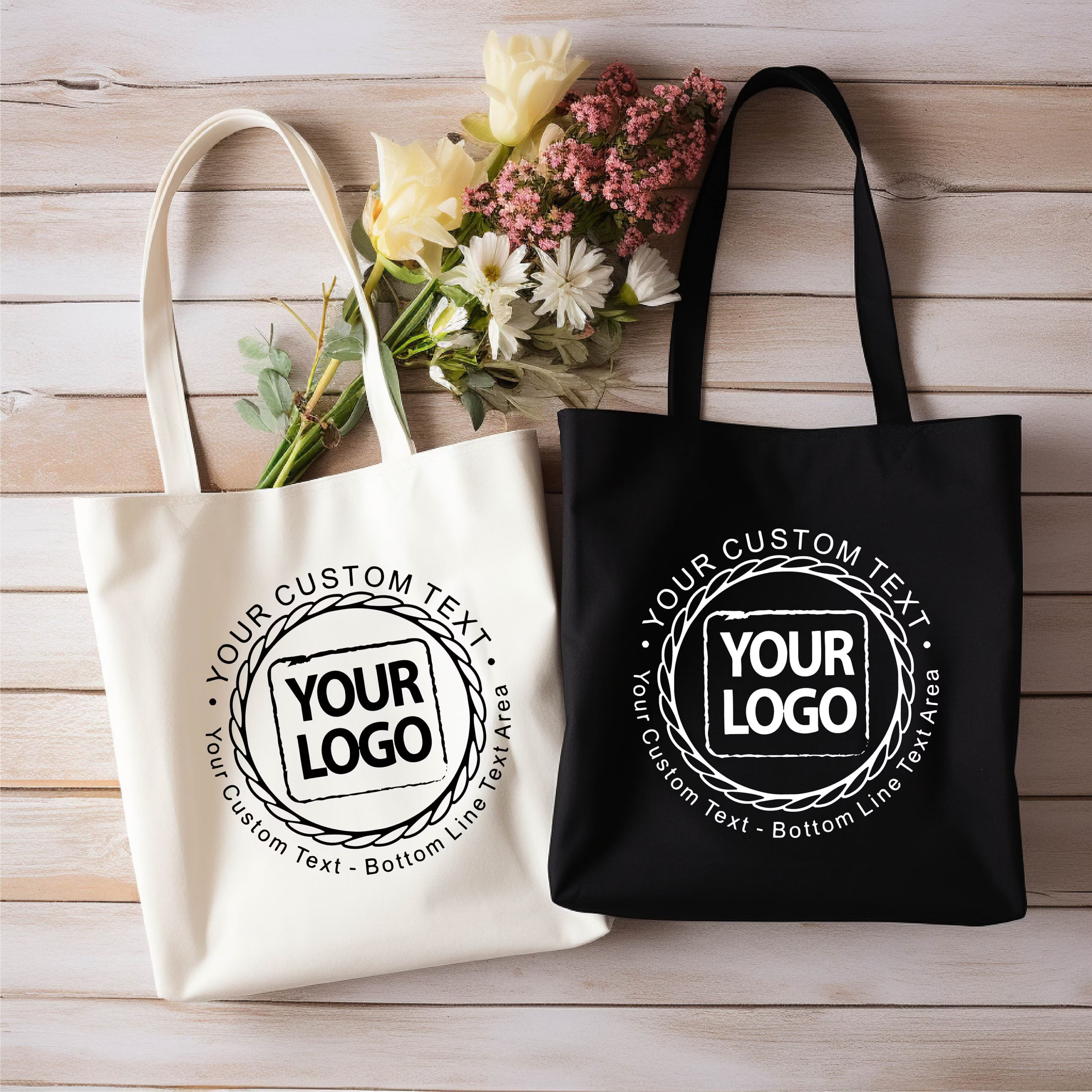
Today’s consumers want to express their identity through the products they use. This has led to high demand for customized canvas bags with unique prints, colors, and logos.
Personal Touch as a Differentiator
Brands offering options for names, colors, and artwork attract more loyal buyers. Customization boosts perceived value and brand attachment.
| Customizable Feature | Impact on Buyer Decision |
|---|---|
| Personalized Name | Enhances emotional connection |
| Exclusive Designs | Appeals to niche preferences |
| Custom Sizing | Improves functionality |
Offering design tools or limited-edition collections can position a brand as both creative and consumer-friendly.
Integration of Smart Technologies
Canvas bags are becoming smarter with embedded tech. QR codes, RFID, and IoT features add layers of functionality for brands and consumers.
Tech Adds Utility and Engagement
QR codes enable product authentication. RFID helps in inventory management. IoT devices enhance user engagement through apps or web portals.
| Technology | Application Example |
|---|---|
| QR Code | Scan to learn about sustainability metrics |
| RFID | Streamline stock tracking in retail |
| IoT Tags | Link to digital loyalty programs |
Integrating these tools can set a brand apart and appeal to digitally-savvy, eco-conscious shoppers.
Collaborations with Fashion Designers and Environmental Groups
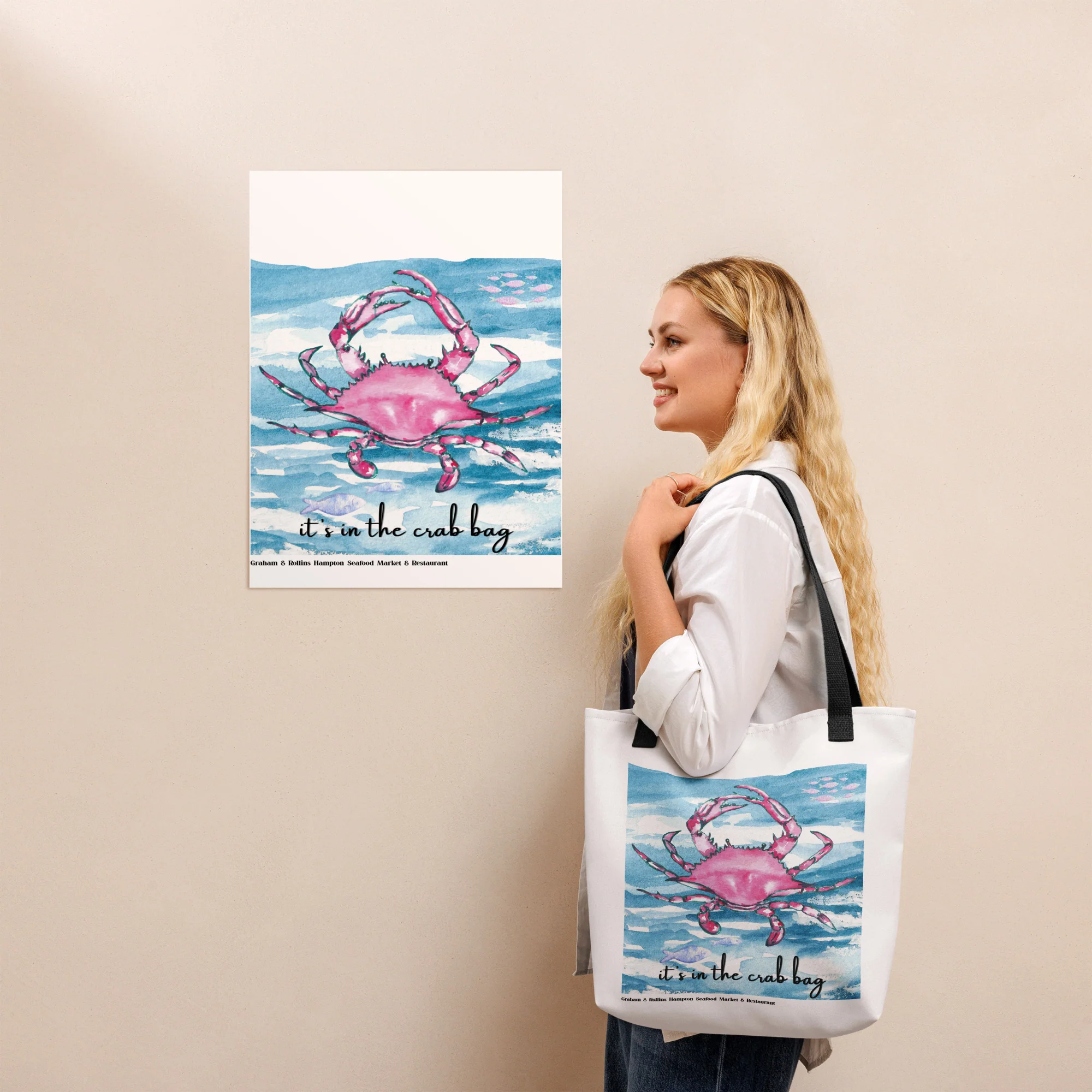
Brand partnerships are creating stylish yet sustainable collections that appeal to both aesthetics and ethics.
Cross-Industry Synergies
When fashion designers and environmental NGOs team up, they produce visually appealing, ethically sound products. These collaborations bring mainstream attention to eco-canvas bags.
| Collaboration Type | Resulting Impact |
|---|---|
| Designer Partnerships | Fashion-forward collections |
| NGO Co-branding | Ethical brand image |
| Artist Collaborations | Unique, collectible pieces |
Such partnerships enhance brand value and reach new customer bases, especially among younger, trend-sensitive demographics.
Growth in Online and Experiential Marketing

Digital platforms and experience-based promotions are reshaping how canvas bags are marketed and sold.
Digital Meets Physical Engagement
From interactive product videos to AR experiences and live customization events, brands are combining online tools with immersive marketing.
| Channel | Strategy Used |
|---|---|
| E-commerce Platforms | Targeted ads, easy customization |
| In-store Workshops | On-site printing, hands-on design |
| Virtual Events | Showcase collections in 3D space |
These tactics create memorable buyer journeys and foster deeper brand connections.
Muted and Earthy Color Palettes
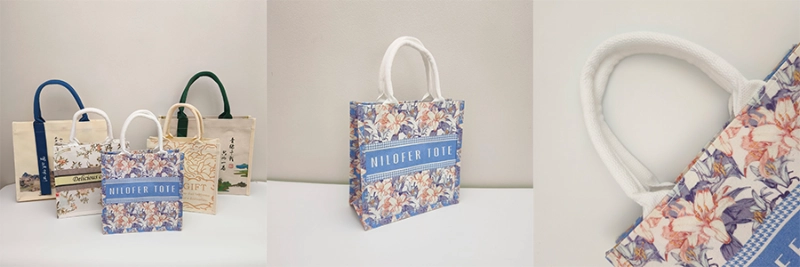
Neutral tones are dominating the 2025 canvas bag market, reflecting nature-inspired minimalism.
The Color of Sustainability
Colors like beige, sage, and charcoal connect emotionally with the idea of environmental calm and timelessness.
| Popular Color | Consumer Appeal |
|---|---|
| Olive Green | Nature-inspired, grounded look |
| Almond Beige | Neutral and elegant |
| Charcoal Gray | Modern, unisex, practical |
Brands using these tones appear more aligned with sustainability, attracting customers who value calm aesthetics.
Multi-Functional and Versatile Designs
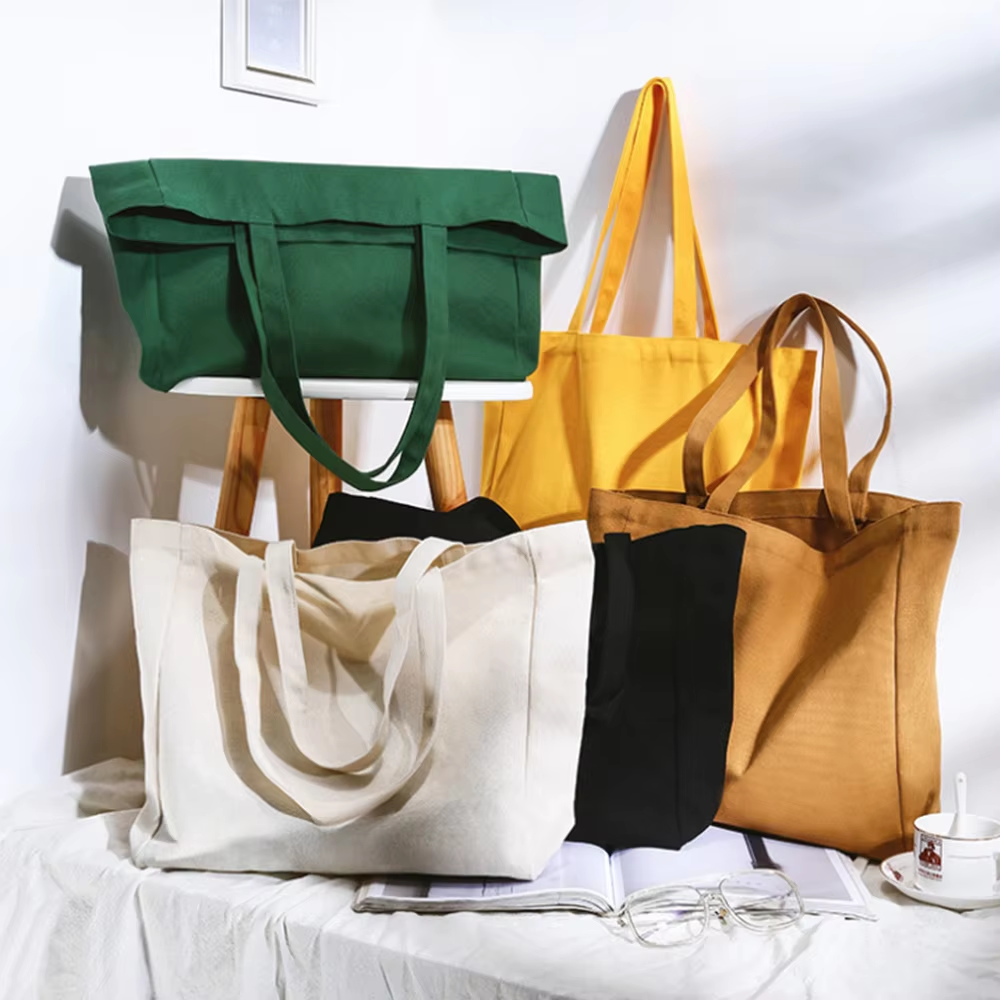
Modern canvas bags are expected to do more than carry groceries. Versatility is key.
One Bag, Many Uses
A good canvas bag today works for school, shopping, travel, or work. Added compartments and hybrid designs (like backpack-tote combos) are gaining popularity.
| Feature Type | User Benefit |
|---|---|
| Adjustable Straps | Converts style and function |
| Extra Compartments | Organize items by need |
| Expandable Sections | Adds utility for travel |
Brands that design for multipurpose usage increase customer satisfaction and reduce product replacement rates.
Circular Economy and Longevity Focus
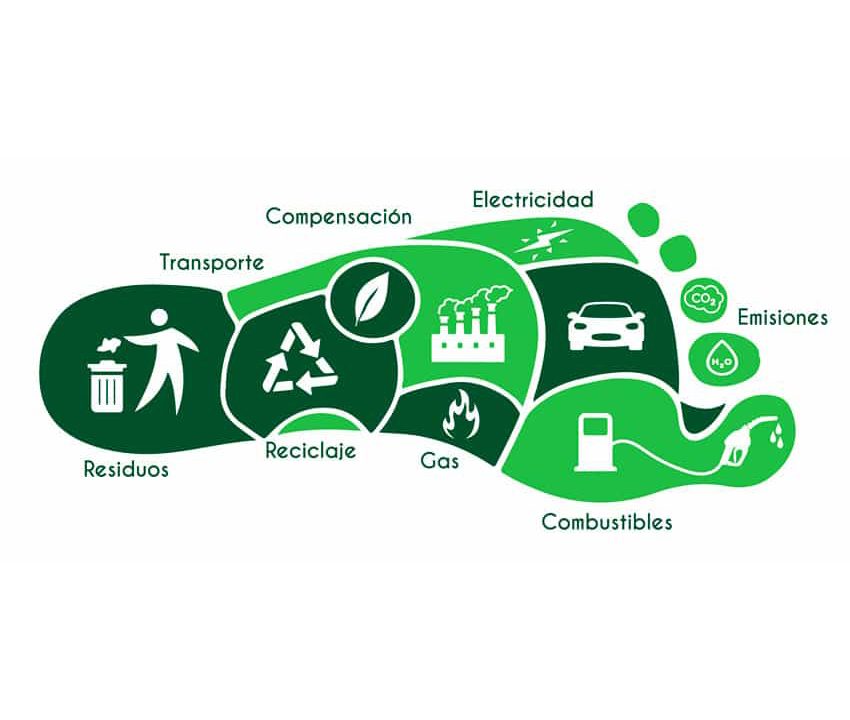
Canvas bags are entering the circular economy through recycling programs and design for durability.
Designed for Reuse
More brands are offering repair, recycling, and trade-in services. These actions not only extend product life but also build loyalty.
| Initiative | Eco-Benefit |
|---|---|
| Take-back Program | Reduces waste, retains loyalty |
| Durable Stitching | Minimizes early replacement |
| Repair Services | Enhances product longevity |
Focusing on product lifecycle aligns with global sustainability goals and shows a brand's commitment to reducing waste.
Market Expansion in Asia-Pacific
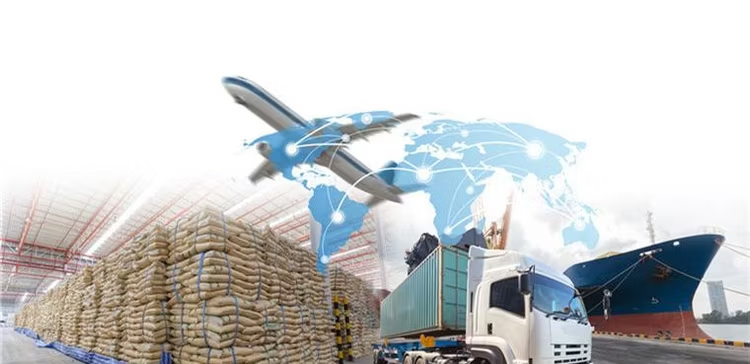
Countries like China and India are experiencing booming demand due to urban growth and rising eco-awareness.
New Frontiers, New Buyers
High population density and stricter plastic bans are pushing canvas bag adoption. Local customization and price adaptation are essential to win these markets.
| Country | Market Driver |
|---|---|
| India | Plastic ban, government push |
| China | Urbanization, fashion-conscious youth |
| Thailand | Eco-tourism and local craft trends |
Brands must localize products and marketing to meet diverse regional needs effectively.
Price Sensitivity and Competition from Other Eco-Materials
Despite popularity, canvas faces competition from cheaper or alternative green materials.
Balancing Cost and Value
Materials like jute and recycled plastic may undercut canvas in price. Brands must justify value through quality, design, and branding.
| Competing Material | Advantage Over Canvas |
|---|---|
| Jute | Lower cost, similar texture |
| Recycled Plastic | Highly durable, water-resistant |
| Hemp | Ultra-durable, fast-growing crop |
Success lies in storytelling, superior customization, and quality assurance that make canvas bags worth the price.
Conclusion
Canvas bags in 2025 are about more than utility—they are sustainability statements, tech-integrated tools, and fashion accessories. For brands, adapting to these 10 trends means staying ahead of consumer expectations and industry shifts. From my own industry experience, I’ve seen how even small changes in design or material sourcing can significantly impact brand reputation and customer loyalty.
Which trend do you think is most important for your brand? Share your thoughts in the comments!
